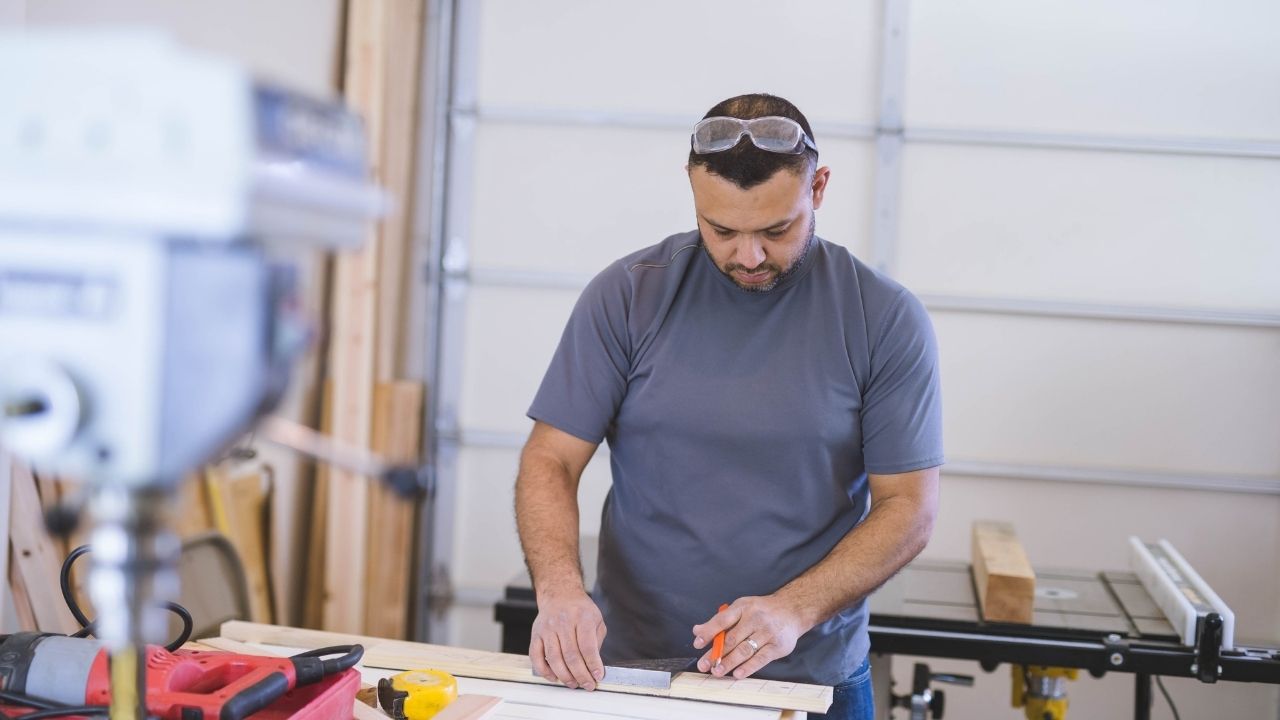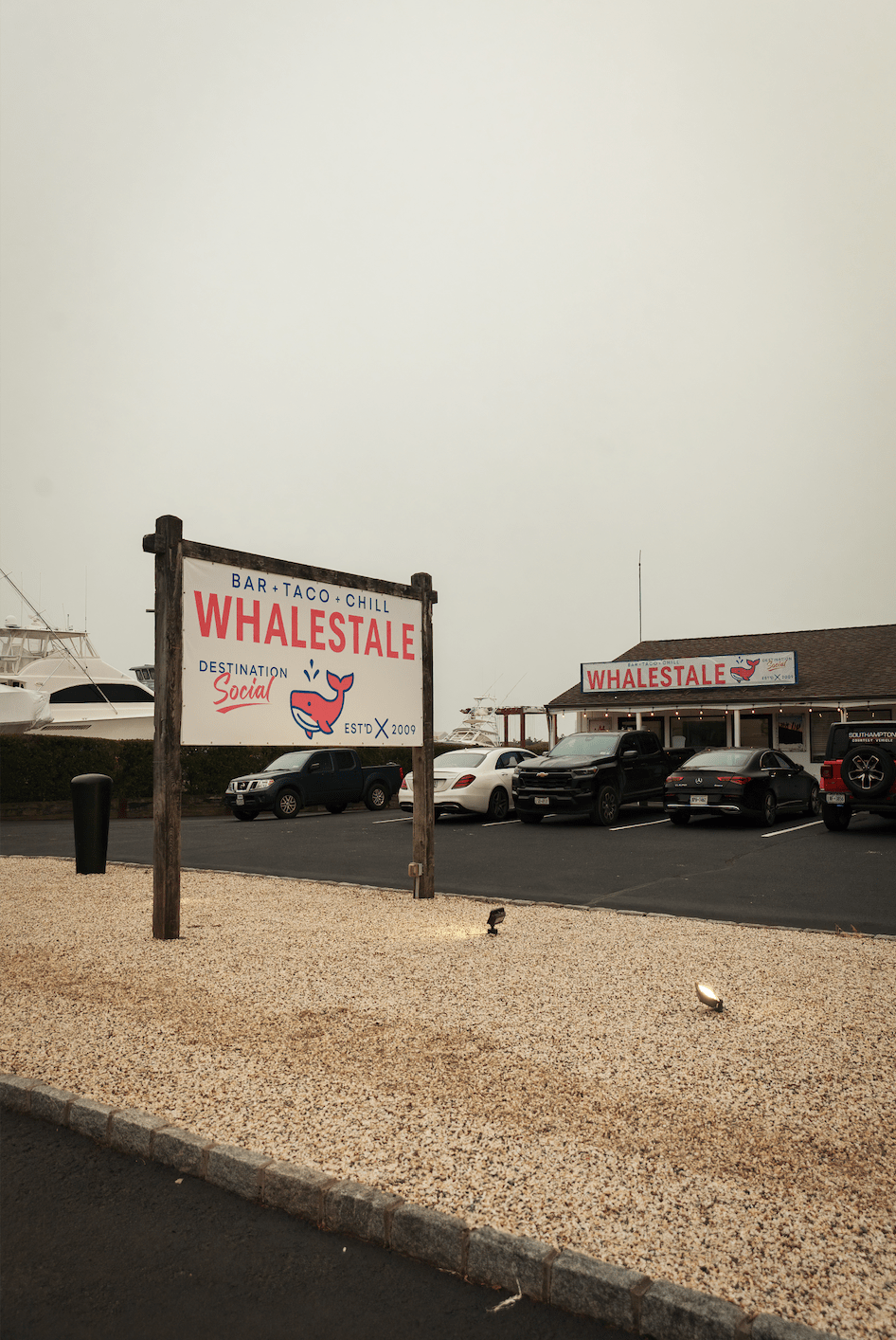Lifestyle
6 Tips to Help You Create the Ultimate Garage Workshop

A garage might be designed for parking cars and protecting lawn equipment from the elements, but these spaces are far more versatile. They can serve a variety of purposes – ranging from a teenage bonus room to a storage unit. But if you really want to make the most out of this space, you should consider transforming it into your ultimate garage workshop.
Whether you mess around with woodworking, do a little welding on the side, have a knack for home projects, or like tinkering with engines, a garage workshop provides the perfect environment for rolling up your sleeves and knocking out projects.
Here are a few helpful tips to assist you in creating the ultimate garage workshop of your dreams:
- Get a Solid Workbench
Every garage workshop needs a rock-solid bench to serve as the main work area. While you can make a workbench out of any number of materials, a hard and heavy top is absolutely key. You can either make your own or buy a premade option from the store.
“Premade workbenches run $100 to $500 and come in many lengths; they’re usually 24 inches deep,” home improvement expert Larry Erickson explains. “A 38-inch height is typical, but you might be more comfortable with a work surface as low as 36 or as high as 42 inches. Some benches include vises, drawers, and shelves.”
If you build one yourself, you should be able to get some quality materials for $100 or less. If you want some more complex features or finer materials, $300 to $500 is a more realistic price range.
- Establish an Organization System
It’s not the most engaging of topics, but a good workshop must be organized. Installing the right organization system from the start will ensure you have the space and freedom to work on projects without having to reorganize piles of junk every time you want to work.
There are hundreds of organization systems on the market, so we’ll let you choose which ones work best for you. Just know that vertical and overhead storage can save you a ton of space!
- Install Adequate Lighting
Garages tend to be pretty dark. You might be lucky enough to have a couple of windows, but they probably don’t let in the sort of natural light you need. Plus, opening garage doors during daylight hours can cast some mean shadows across your shop.
Make sure you install adequate task lighting to help you work in a safe and visible environment. While they may not be great for ambience, nothing beats overhead fluorescent lights in terms of cost and brightness.
- Keep the Space Comfortable
You want your workshop to be pleasant to work in. And while it probably won’t be as comfortable as the inside of your house, there’s no need to be miserable during the peak of summer or the freezing days of winter.
To ensure maximum comfort, insulate your garage doors. In the winter, try running a gas space heater to warm up the workshop. In the summer, a window AC unit or a couple of well-placed fans can create a cooling effect.
- Pay Attention to Air Quality
Whether you’re working with wood or engines, you need to do something to ensure your garage workshop has good ventilation and satisfactory air quality.
“A ceiling exhaust fan is a good start but if you are serious about keeping things clean then your ultimate workshop should also include a dust collection system, central vacuum and air ventilation system,” DIYer Timothy Dahl writes. “All three of these systems will keep the dust, dirt, and other heavy particles off your clothes and out of your lungs which makes for a safer work environment.”
- Customize to Your Liking
There are plenty of technical components to setting up a garage workshop – like setting up an organization system and purifying the air – but there’s also plenty of room to get creative.
Your workshop should be a place where you want to work. When you walk into your garage, it should be inviting and energizing. So make sure you customize it to your liking. Put up posters, display your projects, or install a TV so you can watch the big game. Do whatever you can to make this space yours!
Give Your Garage an Upgrade
Every workshop is going to look different – and that’s okay. At the end of the day, a workshop is an intensely personal environment. Take the tips you like, discard the ones you don’t, and architect a space that works for your needs. Before you know it, the garage will become your favorite room in the home.
Lifestyle
The Whale’s Tale Brings Family-Friendly Flavor to the Hamptons

There’s a new spot in the Hamptons where delicious food, relaxed beach vibes, and family-friendly fun come together in one inviting destination. The Whale’s Tale, originally a beloved favorite in Northport, has made its way to the East End and is already creating buzz as a must-visit for locals and vacationers alike.
Perfectly positioned beside the marina and steps from the shoreline, The Whale’s Tale Hamptons location is designed for all-day enjoyment. The indoor dining room offers a cool retreat from the sun while the open-air deck provides front-row seats to golden hour. The grab-and-go beach shack is ideal for quick treats, offering craft beer, artisan soft serve, and snacks for those headed back to the sand.

The menu is fresh, fun, and filled with options for every palate. Families can share acai bowls, tacos, and crisp shrimp cocktail while seafood lovers indulge in buttery lobster rolls and a raw bar featuring oysters and chilled shrimp. The food is flavorful without being fussy, making it perfect for guests of all ages.
With games like cornhole, live music on weekends, and firepits for evening hangouts, the atmosphere is casual and welcoming. It’s a place where kids can play, adults can relax, and everyone feels like they belong. Whether you’re spending the day at the beach or looking for an easy-going dinner spot, The Whale’s Tale offers a refreshing take on what it means to dine by the water.
This isn’t just another restaurant, it’s a new chapter in Hamptons hospitality. One where good food, good company, and good views come standard.
-

 Tech4 years ago
Tech4 years agoEffuel Reviews (2021) – Effuel ECO OBD2 Saves Fuel, and Reduce Gas Cost? Effuel Customer Reviews
-

 Tech6 years ago
Tech6 years agoBosch Power Tools India Launches ‘Cordless Matlab Bosch’ Campaign to Demonstrate the Power of Cordless
-

 Lifestyle6 years ago
Lifestyle6 years agoCatholic Cases App brings Church’s Moral Teachings to Androids and iPhones
-

 Lifestyle4 years ago
Lifestyle4 years agoEast Side Hype x Billionaire Boys Club. Hottest New Streetwear Releases in Utah.
-

 Tech7 years ago
Tech7 years agoCloud Buyers & Investors to Profit in the Future
-

 Lifestyle5 years ago
Lifestyle5 years agoThe Midas of Cosmetic Dermatology: Dr. Simon Ourian
-

 Health6 years ago
Health6 years agoCBDistillery Review: Is it a scam?
-

 Entertainment6 years ago
Entertainment6 years agoAvengers Endgame now Available on 123Movies for Download & Streaming for Free
